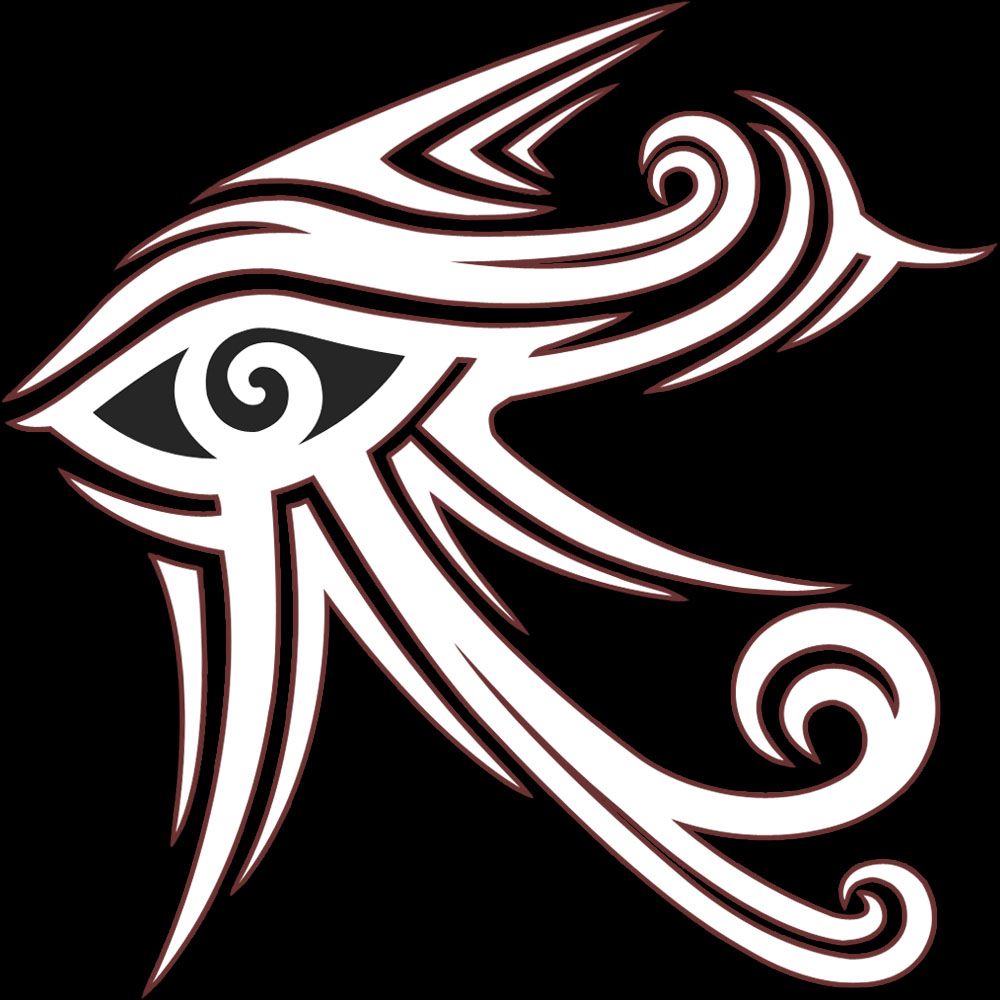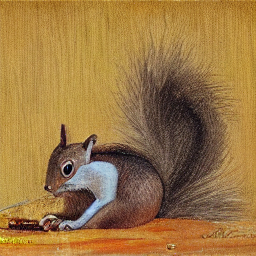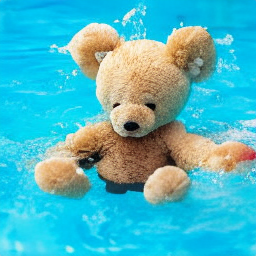3_rv
Maintainer: wglint

1

| Property | Value |
|---|---|
| Run this model | Run on Replicate |
| API spec | View on Replicate |
| Github link | View on Github |
| Paper link | No paper link provided |
Create account to get full access
Model overview
The 3_rv model is a variant of the Stable Diffusion text-to-image AI model developed by wglint. It builds upon the capabilities of the original Stable Diffusion and Stable Diffusion V2 models, incorporating additional refinements and a VAE (Variational Autoencoder) component. This model aims to generate more realistic and visually compelling images from textual descriptions.
Model inputs and outputs
The 3_rv model accepts a variety of input parameters, including a text prompt, seed value, guidance scale, and number of pictures to generate. It also allows for the selection of a VAE option and the inclusion or exclusion of NSFW content. The output of the model is an array of image URLs representing the generated images.
Inputs
- VAE: Choice of VAE option
- NSFW: Boolean indicating whether to include NSFW content
- Seed: Integer seed value
- Width: Width of the generated image
- Height: Height of the generated image
- Prompt: Text prompt describing the desired image
- Guidance Scale: Integer value controlling the influence of the prompt
- Number Picture: Number of images to generate
- Negative Prompt: Text prompt describing content to avoid in the generated image
Outputs
- Array of image URLs representing the generated images
Capabilities
The 3_rv model is capable of generating high-quality, photo-realistic images from a wide range of text prompts. It builds on the strong text-to-image generation capabilities of the Stable Diffusion models, while incorporating additional refinements to produce images that are more visually compelling and true-to-life.
What can I use it for?
The 3_rv model can be used for a variety of applications, such as content creation, product visualization, and visual storytelling. Its ability to generate realistic images from text prompts makes it a valuable tool for designers, artists, and marketers who need to quickly produce high-quality visuals. Additionally, the model's NSFW filtering capabilities make it suitable for use in family-friendly or professional settings.
Things to try
Experiment with different text prompts to see the range of images the 3_rv model can generate. Try prompts that combine specific details, such as "a photo of a latina woman in casual clothes, natural skin, 8k uhd, high quality, film grain, Fujifilm XT3", to see how the model captures nuanced visual elements. Additionally, explore the use of negative prompts to fine-tune the generated images and remove unwanted elements.
This summary was produced with help from an AI and may contain inaccuracies - check out the links to read the original source documents!
Related Models

stable-diffusion

108.9K
Stable Diffusion is a latent text-to-image diffusion model capable of generating photo-realistic images given any text input. Developed by Stability AI, it is an impressive AI model that can create stunning visuals from simple text prompts. The model has several versions, with each newer version being trained for longer and producing higher-quality images than the previous ones. The main advantage of Stable Diffusion is its ability to generate highly detailed and realistic images from a wide range of textual descriptions. This makes it a powerful tool for creative applications, allowing users to visualize their ideas and concepts in a photorealistic way. The model has been trained on a large and diverse dataset, enabling it to handle a broad spectrum of subjects and styles. Model inputs and outputs Inputs Prompt**: The text prompt that describes the desired image. This can be a simple description or a more detailed, creative prompt. Seed**: An optional random seed value to control the randomness of the image generation process. Width and Height**: The desired dimensions of the generated image, which must be multiples of 64. Scheduler**: The algorithm used to generate the image, with options like DPMSolverMultistep. Num Outputs**: The number of images to generate (up to 4). Guidance Scale**: The scale for classifier-free guidance, which controls the trade-off between image quality and faithfulness to the input prompt. Negative Prompt**: Text that specifies things the model should avoid including in the generated image. Num Inference Steps**: The number of denoising steps to perform during the image generation process. Outputs Array of image URLs**: The generated images are returned as an array of URLs pointing to the created images. Capabilities Stable Diffusion is capable of generating a wide variety of photorealistic images from text prompts. It can create images of people, animals, landscapes, architecture, and more, with a high level of detail and accuracy. The model is particularly skilled at rendering complex scenes and capturing the essence of the input prompt. One of the key strengths of Stable Diffusion is its ability to handle diverse prompts, from simple descriptions to more creative and imaginative ideas. The model can generate images of fantastical creatures, surreal landscapes, and even abstract concepts with impressive results. What can I use it for? Stable Diffusion can be used for a variety of creative applications, such as: Visualizing ideas and concepts for art, design, or storytelling Generating images for use in marketing, advertising, or social media Aiding in the development of games, movies, or other visual media Exploring and experimenting with new ideas and artistic styles The model's versatility and high-quality output make it a valuable tool for anyone looking to bring their ideas to life through visual art. By combining the power of AI with human creativity, Stable Diffusion opens up new possibilities for visual expression and innovation. Things to try One interesting aspect of Stable Diffusion is its ability to generate images with a high level of detail and realism. Users can experiment with prompts that combine specific elements, such as "a steam-powered robot exploring a lush, alien jungle," to see how the model handles complex and imaginative scenes. Additionally, the model's support for different image sizes and resolutions allows users to explore the limits of its capabilities. By generating images at various scales, users can see how the model handles the level of detail and complexity required for different use cases, such as high-resolution artwork or smaller social media graphics. Overall, Stable Diffusion is a powerful and versatile AI model that offers endless possibilities for creative expression and exploration. By experimenting with different prompts, settings, and output formats, users can unlock the full potential of this cutting-edge text-to-image technology.
Updated Invalid Date

realistic-vision-v3.0

4
The realistic-vision-v3.0 is a Cog model based on the SG161222/Realistic_Vision_V3.0_VAE model, created by lucataco. It is a variation of the Realistic Vision family of models, which also includes realistic-vision-v5, realistic-vision-v5.1, realistic-vision-v4.0, realistic-vision-v5-img2img, and realistic-vision-v5-inpainting. Model inputs and outputs The realistic-vision-v3.0 model takes a text prompt, seed, number of inference steps, width, height, and guidance scale as inputs, and generates a high-quality, photorealistic image as output. The inputs and outputs are summarized as follows: Inputs Prompt**: A text prompt describing the desired image Seed**: A seed value for the random number generator (0 = random, max: 2147483647) Steps**: The number of inference steps (0-100) Width**: The width of the generated image (0-1920) Height**: The height of the generated image (0-1920) Guidance**: The guidance scale, which controls the balance between the text prompt and the model's learned representations (3.5-7) Outputs Output image**: A high-quality, photorealistic image generated based on the input prompt and parameters Capabilities The realistic-vision-v3.0 model is capable of generating highly realistic images from text prompts, with a focus on portraiture and natural scenes. The model is able to capture subtle details and textures, resulting in visually stunning outputs. What can I use it for? The realistic-vision-v3.0 model can be used for a variety of creative and artistic applications, such as generating concept art, product visualizations, or photorealistic portraits. It could also be used in commercial applications, such as creating marketing materials or visualizing product designs. Additionally, the model's capabilities could be leveraged in educational or research contexts, such as creating visual aids or exploring the intersection of language and visual representation. Things to try One interesting aspect of the realistic-vision-v3.0 model is its ability to capture a sense of photographic realism, even when working with fantastical or surreal prompts. For example, you could try generating images of imaginary creatures or scenes that blend the realistic and the imaginary. Additionally, experimenting with different guidance scale values could result in a range of stylistic variations, from more abstract to more detailed and photorealistic.
Updated Invalid Date

latent-diffusion-text2img

4
The latent-diffusion-text2img model is a text-to-image AI model developed by cjwbw, a creator on Replicate. It uses latent diffusion, a technique that allows for high-resolution image synthesis from text prompts. This model is similar to other text-to-image models like stable-diffusion, stable-diffusion-v2, and stable-diffusion-2-1-unclip, which are also capable of generating photo-realistic images from text. Model inputs and outputs The latent-diffusion-text2img model takes a text prompt as input and generates an image as output. The text prompt can describe a wide range of subjects, from realistic scenes to abstract concepts, and the model will attempt to generate a corresponding image. Inputs Prompt**: A text description of the desired image. Seed**: An optional seed value to enable reproducible sampling. Ddim steps**: The number of diffusion steps to use during sampling. Ddim eta**: The eta parameter for the DDIM sampler, which controls the amount of noise injected during sampling. Scale**: The unconditional guidance scale, which controls the balance between the text prompt and the model's own prior. Plms**: Whether to use the PLMS sampler instead of the default DDIM sampler. N samples**: The number of samples to generate for each prompt. Outputs Image**: A high-resolution image generated from the input text prompt. Capabilities The latent-diffusion-text2img model is capable of generating a wide variety of photo-realistic images from text prompts. It can create scenes with detailed objects, characters, and environments, as well as more abstract and surreal imagery. The model's ability to capture the essence of a text prompt and translate it into a visually compelling image makes it a powerful tool for creative expression and visual storytelling. What can I use it for? You can use the latent-diffusion-text2img model to create custom images for various applications, such as: Illustrations and artwork for books, magazines, or websites Concept art for games, films, or other media Product visualization and design Social media content and marketing assets Personal creative projects and artistic exploration The model's versatility allows you to experiment with different text prompts and see how they are interpreted visually, opening up new possibilities for artistic expression and collaboration between text and image. Things to try One interesting aspect of the latent-diffusion-text2img model is its ability to generate images that go beyond the typical 256x256 resolution. By adjusting the H and W arguments, you can instruct the model to generate larger images, up to 384x1024 or more. This can result in intriguing and unexpected visual outcomes, as the model tries to scale up the generated imagery while maintaining its coherence and detail. Another thing to try is using the model's "retrieval-augmented" mode, which allows you to condition the generation on both the text prompt and a set of related images retrieved from a database. This can help the model better understand the context and visual references associated with the prompt, potentially leading to more interesting and faithful image generation.
Updated Invalid Date

vq-diffusion

20
vq-diffusion is a text-to-image synthesis model developed by cjwbw. It is similar to other diffusion models like stable-diffusion, stable-diffusion-v2, latent-diffusion-text2img, clip-guided-diffusion, and van-gogh-diffusion, all of which are capable of generating photorealistic images from text prompts. The key innovation in vq-diffusion is the use of vector quantization to improve the quality and coherence of the generated images. Model inputs and outputs vq-diffusion takes in a text prompt and various parameters to control the generation process. The outputs are one or more high-quality images that match the input prompt. Inputs prompt**: The text prompt describing the desired image. image_class**: The ImageNet class label to use for generation (if generation_type is set to ImageNet class label). guidance_scale**: A value that controls the strength of the text guidance during sampling. generation_type**: Specifies whether to generate from in-the-wild text, MSCOCO datasets, or ImageNet class labels. truncation_rate**: A value between 0 and 1 that controls the amount of truncation applied during sampling. Outputs An array of generated images that match the input prompt. Capabilities vq-diffusion can generate a wide variety of photorealistic images from text prompts, spanning scenes, objects, and abstract concepts. It uses vector quantization to improve the coherence and fidelity of the generated images compared to other diffusion models. What can I use it for? vq-diffusion can be used for a variety of creative and commercial applications, such as visual art, product design, marketing, and entertainment. For example, you could use it to generate concept art for a video game, create unique product visuals for an e-commerce store, or produce promotional images for a new service or event. Things to try One interesting aspect of vq-diffusion is its ability to generate images that mix different visual styles and concepts. For example, you could try prompting it to create a "photorealistic painting of a robot in the style of Van Gogh" and see the results. Experimenting with different prompts and parameter settings can lead to some fascinating and unexpected outputs.
Updated Invalid Date